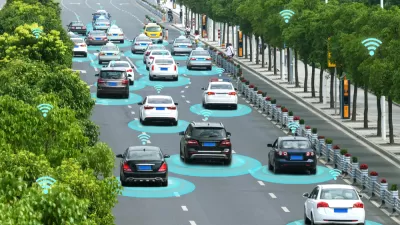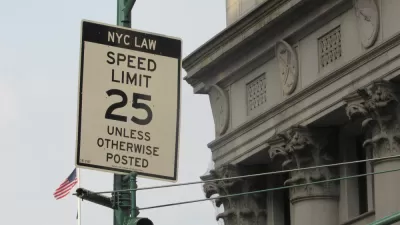Even supporters of Vision Zero—a goal to eliminate traffic fatalities from roadways adopted by cities and states all over the United States—doubt that such lofty ambitions are possible. But there are plenty of reasons to believe in the cause.
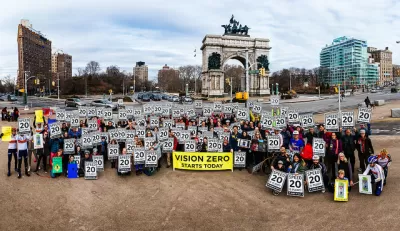
One of the big challenges for proponents of vision zero, or any program that establishes a long term goal of zero traffic deaths, is a persistent sense of disbelief.
I am working with a campaign right now, with a handful of national nonprofits, calling on the Biden Administration (Hi, Pete Buttigieg!) to commit to a goal of zero traffic deaths by 2050. Part of our work is convincing even friendly audiences that this goal is possible.
When people talk about curing cancer, for example, nobody scoffs and says "impossible" or "unrealistic." It’s easy to understand where the skepticism comes from: traffic deaths have been such an accepted part of American life, and so many of our streets and so much of our driving culture is dangerous.
2050 is a very long way away, but we are on the precipice of some very exciting new frontiers in vehicle technology. Attitudes about street design, especially in cities, are changing.
Obviously, making predictions about what will be possible 30 years into the future requires some imagination and humility. But even now it's possible to envision how entirely eliminating traffic deaths might come together.
I've been writing and thinking about these issues for a long time, and I feel confident that zero traffic deaths by 2050 is a reasonable goal. That position is shared, not just by a few radical activists, but by a veritable "who's who" of the transportation establishment. The American Association of State Highway Officials, the Institute of Transportation Engineers, and the U.S. Chamber of Commerce, for example, all signed on to a letter asking the Biden Administration to make this commitment. I want to offer a few reasons for optimism about the future of traffic safety, in part because, the way we think about these issues is a key barrier to better outcomes.
Safer Cars
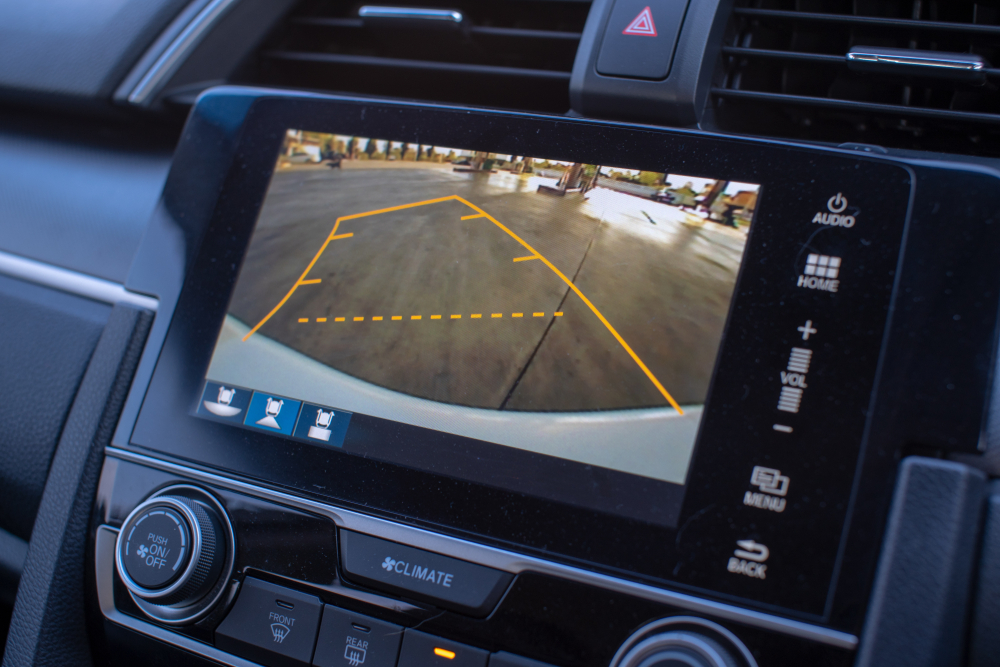
One key, which I mentioned earlier, is vehicle safety. New cars, especially high-end cars, increasingly come with semi-autonomous features like automatic emergency breaking, pedestrian detection, and blind spot monitoring. All these features offer potentially enormous safety benefits. A study by the Rand Corporation in 2018 [pdf], for example, found that if these technologies were currently active in all vehicles, about 10,000 lives would be saved annually right away.
These life-saving features, however, are currently only available in a limited number of vehicles. But they would be deployed more widely if they were being mandated by the National Highway Transportation Safety Administration—which they currently aren't (hence the need for a stronger federal commitment).
Existing vehicle safety technologies have the potential to save a lot more people, however. The same group estimated that we could save an additional 7,000 lives a year if we were willing to require alcohol ignition locks—technology that prevents drunk people from starting their vehicles. Some states do require this safety feature for drivers with DUI convictions, but its employment is still far too limited.
Right off the bat, existing technology could reduce traffic deaths by an estimated 17,000 annually, about half of the 36,000 Americans that were killed on roads in 2019. That's not to mention other existing safety technologies like speed governors. Europe is going to require those on all cars in 2022—effectively preventing speeding—an activity that is linked to 10,000 annual deaths according to the Centers for Disease Control and Prevention.
All of that is to say, we could reduce traffic deaths right now by maybe half—or more—with the vehicle safety technologies we have right now. This technology will only improve in the coming decades.
Safer Roads
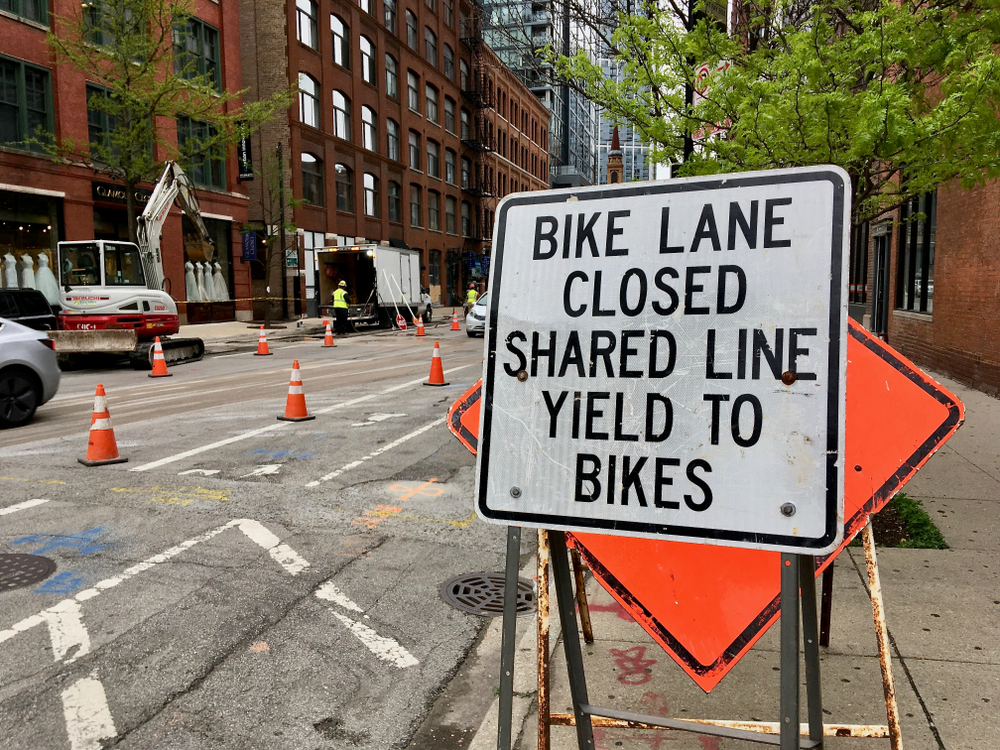
Another reason for optimism is we are learning more and more—especially from international examples—about how to design death out of our roads.
Changing streets is a slow and expensive process. But by 2050, zero of the existing roads will have survived without the need for rebuilding. We have an opportunity to build them in a way that won’t kill and seriously injure people. But it requires clear commitment and the work needs to begin now, because to do it, we'll need to change a lot of our conventions and institutions.
Nordic countries like Sweden and Norway have led the way on adopting a "safe systems" approach to engineering. Those two countries, respectively, have just one-fourth and one-fifth the number of traffic deaths per capita as the United States. In fact, throughout the wealthy world—including countries like Australia, Canada, and Japan—the United States is a major outlier in the share of its population that gets killed in traffic annually.
Many of the tools world leaders use are readily available in the United States. Centerline rumble strips, for example, are inexpensive and effective in reducing deadly head-on collisions on rural roads as much as 65 percent, according to RAND. In Sweden, this concept of safe systems—where the road designers assume drivers will make mistakes and try to assure when they do, those mistakes are not deadly—takes this concept even further. Swedish road designers use systems of metal cables that physically prevent drivers from swerving into the other lane and physically protect people from the catastrophic force of high-speed head-on collisions almost entirely.
Limiting vehicle speeds in places where pedestrians are present (in urban and suburban areas) is another essential strategy. Sweden has been a leader in using road design—narrow lanes, for example, curb bump outs, and speed tables—to build self-enforcing slow zones that protect pedestrians and cyclists for high-speed crashes. There are promising innovations we can borrow from other nations as well. Japan is a leader in developing strategies to keep older people mobile while reducing the risks presented by elderly drivers, for example.
Enforcement
I want to digress a little here. Because when we talk about vision zero, we often hear concerns about enforcement. Police enforcement of Black bicyclists, pedestrians, drivers, and transit riders has been grossly disproportionate and too often violent. As Dara Baldwin from the Transportation Equity Caucus recently pointed out, about a quarter of police shootings begin with some kind of transportation related stop.
We cannot enforce our way out of this problem. The system we have in place, which is heavily reliant on police enforcement, is expensive, ineffective, and discriminatory. We need a complete reimagining of what this system looks like in the future.
Whether automated enforcement is an acceptable substitute is an open debate. It is my opinion that we should entirely decriminalize walking and biking and transit related offenses. These are often just a pretext for stop-and-frisk, with terrible consequences for marginalized groups, especially young Black men.
Cities like Berkeley and lawmakers at the Florida House of Representatives have proposed a traffic monitoring and crash response system manned by unarmed officials. Other people in the field with more direct experience with this kind of discrimination are leading these discussions. But they should give us hope that we can provide a framework for reining in truly dangerous behavior without putting anyone at risk of racially biased state violence.
Miscellaneous
There are all kinds of additional tools at our disposal. For example, RAND estimates better trauma care could reduce traffic deaths about 20 percent. By shortly after 2030, they imagine, for example, vehicles would be able to automatically call 911 if there is a serious crash, reducing the crucial time spent awaiting treatment.
Insurance policy can nudge dangerous drivers toward safer cars. Greater investment in transit and other alternatives to driving can reduce driving miles—which has been one of the surest ways historically to reduce driving deaths. More transit service not only reduces driving miles but also offers alternatives for the most dangerous drivers, like teenagers or alcoholics.
Graduated licensing for teenagers has shown results already. And targeted policies can do much more to protect the teenagers and adults in their early 20s who make up a wildly disproportionate share of traffic deaths.
There are so many tools available that we haven't deployed. Morally that is unconscionable. Every day, people's lives are ruined in routine crashes. People suffer debilitating injuries and lose loved ones because of our lack of concern and attention to this issue.
Whether we can ever achieve zero deaths is sort of an intellectual exercise at this point—though obviously I'm willing to defend that exercise on its merits. More importantly, morally, vision zero is the right goal.
Angie Schmitt is a writer and planner based in Cleveland. She is the author of Right of Way: Race, Class and the Silent Epidemic of Pedestrian Deaths in America (Island Press, 2020). She is founding principal at 3MPH Planning, a small Cleveland based firm focused on pedestrian safety.

Pennsylvania Mall Conversion Bill Passes House
If passed, the bill would promote the adaptive reuse of defunct commercial buildings.

Planning for Accessibility: Proximity is More Important than Mobility
Accessibility-based planning minimizes the distance that people must travel to reach desired services and activities. Measured this way, increased density can provide more total benefits than increased speeds.

World's Largest Wildlife Overpass In the Works in Los Angeles County
Caltrans will soon close half of the 101 Freeway in order to continue construction of the Wallis Annenberg Wildlife Crossing near Agoura Hills in Los Angeles County.

Brightline West Breaks Ground
The high-speed rail line will link Las Vegas and the Los Angeles area.

Colorado Bans No-Fault Evictions
In most cases, landlords must provide a just cause for evicting tenants.

Alaska Village Becomes Test Case for Climate Change Relocation
The Yup’ik village of Newtok is the first Alaska community to begin a full-scale relocation necessitated by the impacts of climate change. Another 31 Alaska communities remain vulnerable.
City of Costa Mesa
Licking County
Barrett Planning Group LLC
HUD's Office of Policy Development and Research
Mpact Transit + Community
HUD's Office of Policy Development and Research
Tufts University, Department of Urban and Environmental Policy & Planning
City of Universal City TX
ULI Northwest Arkansas
Write for Planetizen
Urban Design for Planners 1: Software Tools
This six-course series explores essential urban design concepts using open source software and equips planners with the tools they need to participate fully in the urban design process.
Planning for Universal Design
Learn the tools for implementing Universal Design in planning regulations.























